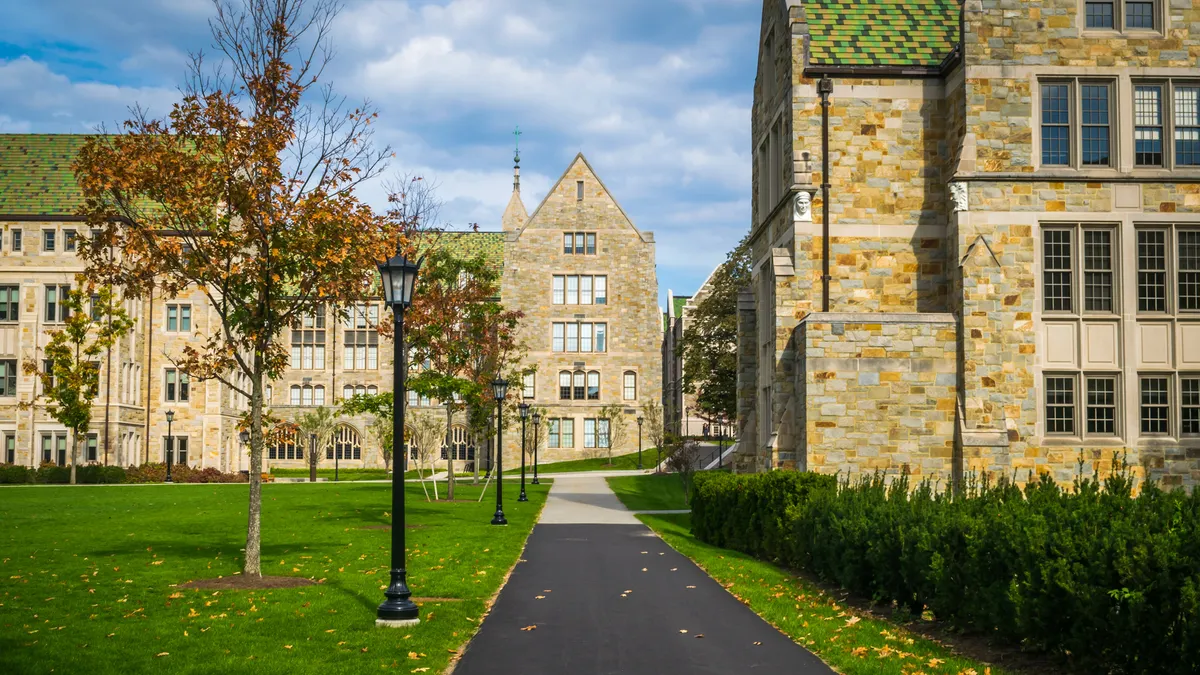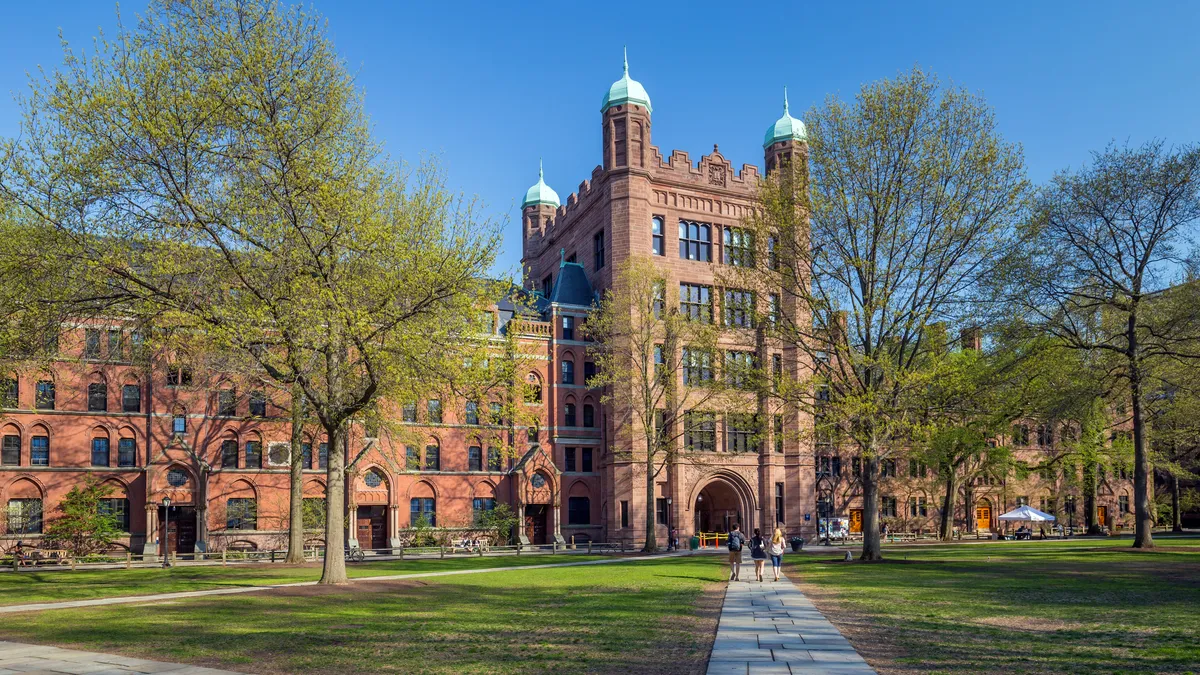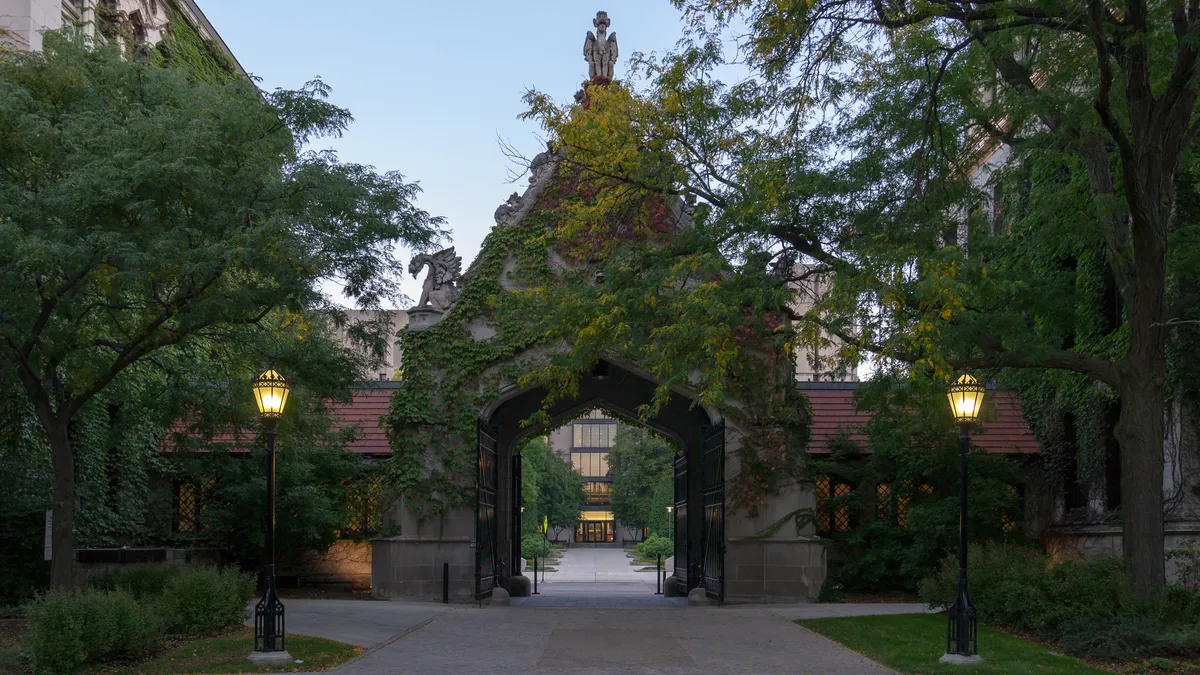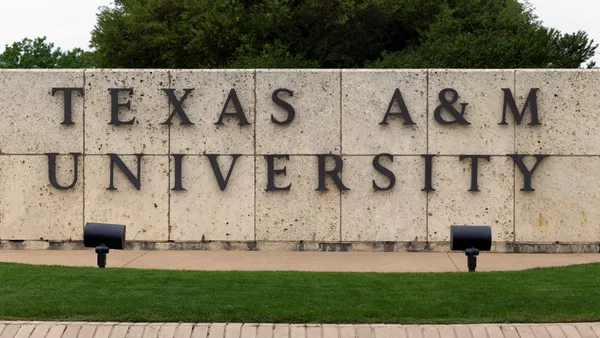Facilities teams in higher education are being asked to do more than ever: control costs, modernize infrastructure, elevate the student experience and advance sustainability, all while operating under tight financial constraints. These challenges may feel daunting, but they also open the door to smarter, more strategic approaches. Here are four interconnected goals shaping facilities strategy for campuses in 2026.
1. Maximizing a tight budget
Operations and maintenance remain the second-largest expense after salaries, and every dollar counts. Institutions are increasingly turning to technology-driven solutions to stretch resources further. Digital twins allow facilities leaders to create virtual models of campus buildings, enabling predictive maintenance and scenario planning without costly trial and error. Predictive analytics help teams anticipate equipment failures before they happen, reducing emergency repairs and downtime. Integrated work order systems streamline communication and scheduling, ensuring that maintenance crews focus on the most critical tasks first.
Beyond technology, strategic partnerships and shared services are gaining traction. Some universities are collaborating with peer institutions to negotiate better pricing on equipment and supplies, while others are outsourcing specialized tasks to reduce overhead. The goal is not just cost-cutting but also aligning spending with institutional priorities. By prioritizing repairs that extend asset life and planning capital projects with long-term ROI in mind, facilities teams can transform budget limitations into opportunities for smarter decision-making.
2. Optimizing energy costs
Energy represents one of the most controllable and most variable expenses on campus. U.S. colleges and universities collectively spend more than $6 billion annually on energy, and usage patterns vary widely. A research lab can consume nearly twice the energy of a standard classroom building, making granular insight essential. Submetering and building automation systems provide that visibility, allowing leaders to pinpoint inefficiencies and adjust operations in real time.
Energy management platforms are now central to cost control and sustainability efforts. These tools integrate data from HVAC systems, lighting and occupancy sensors to optimize performance without sacrificing comfort. For example, automated demand-response programs can reduce peak energy loads, while predictive algorithms adjust heating and cooling based on weather forecasts and class schedules. The payoff is twofold: lower utility bills and measurable progress toward decarbonization goals. As campuses face mounting pressure to reduce emissions, energy optimization is no longer optional; it is a strategic imperative.
3. Elevating the student experience
Students increasingly view themselves as customers, and their perception of value is shaped by the physical environment. Comfortable, safe and aesthetically pleasing spaces matter not just for day-to-day satisfaction but for recruitment and retention. Facilities teams are responding with tech-forward upgrades that enhance convenience and connectivity. Think smart classrooms equipped with environmental controls that optimize focus, residence halls with app-controlled climate systems to balance comfort and conservation and where efficient building systems create inviting, sustainable gathering places.
However, modernization must be balanced with minimal disruption. Renovations during peak academic periods can erode goodwill, so phased implementation and clear communication are critical. Facilities leaders are also considering inclusivity and accessibility in design choices, ensuring that spaces reflect the diverse needs of today’s student body. When done thoughtfully, these improvements reinforce the institution’s brand and demonstrate a commitment to student success, a powerful differentiator in a competitive higher ed landscape.
4. Meeting sustainability goals
Sustainability has evolved from a talking point to a defining element of institutional identity. Stakeholders including students, alumni, donors and accrediting bodies expect visible progress, not just aspirational statements. Solar canopies, green roofs and real-time energy dashboards are tangible signals that a campus is serious about its environmental commitments. Low-carbon renovations and electrification of building systems further underscore this commitment.
Transparency is key. Publishing sustainability metrics and milestones builds trust and positions the institution as a leader in climate action. Moreover, sustainability initiatives often intersect with other priorities: energy efficiency reduces costs, and green spaces enhance the student experience. Facilities teams that integrate sustainability into every project, from procurement to construction, are not only meeting regulatory requirements but also strengthening their institution’s reputation and appeal.
The new role of facilities leaders
When budgets, energy, experience and sustainability align, the impact is transformative. Efficiency unlocks savings. Sustainability enhances reputation. Technology extends asset life. Together, these factors make facilities management a lever for resilience and competitiveness, not just a maintenance function.
Facilities leaders are now strategic partners in shaping institutional value. Their decisions influence enrollment, financial health and brand perception. In 2025, success means thinking beyond short-term fixes and embracing a holistic approach that connects operational excellence with mission-driven outcomes. The challenges are real, but so are the opportunities and those who innovate will define the future of higher education.










